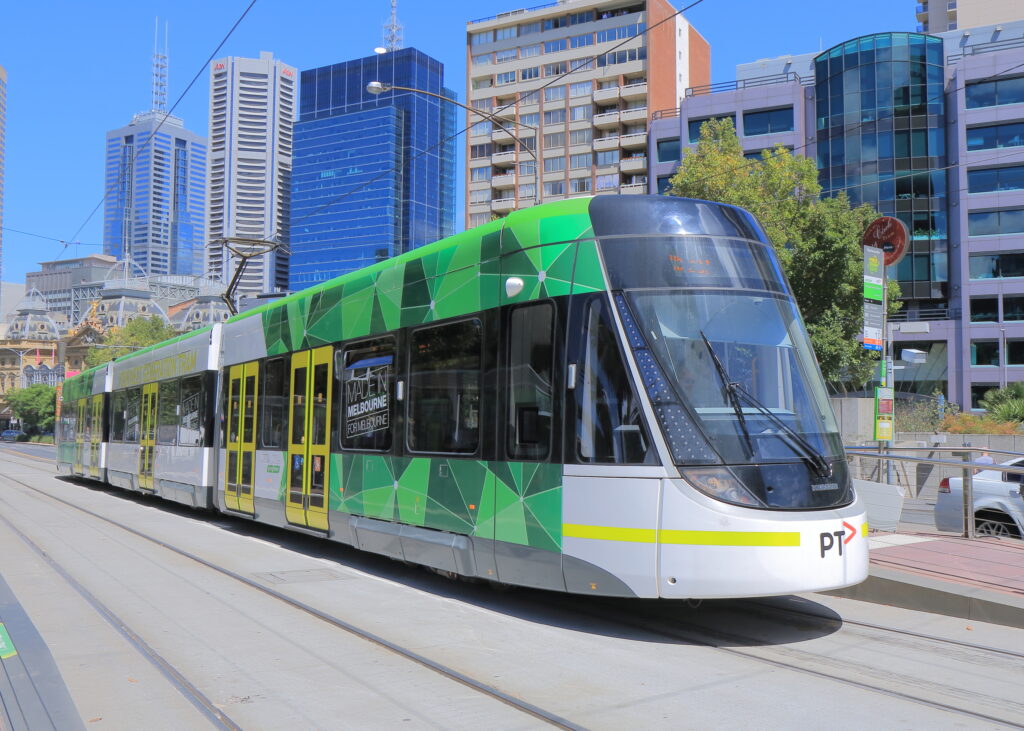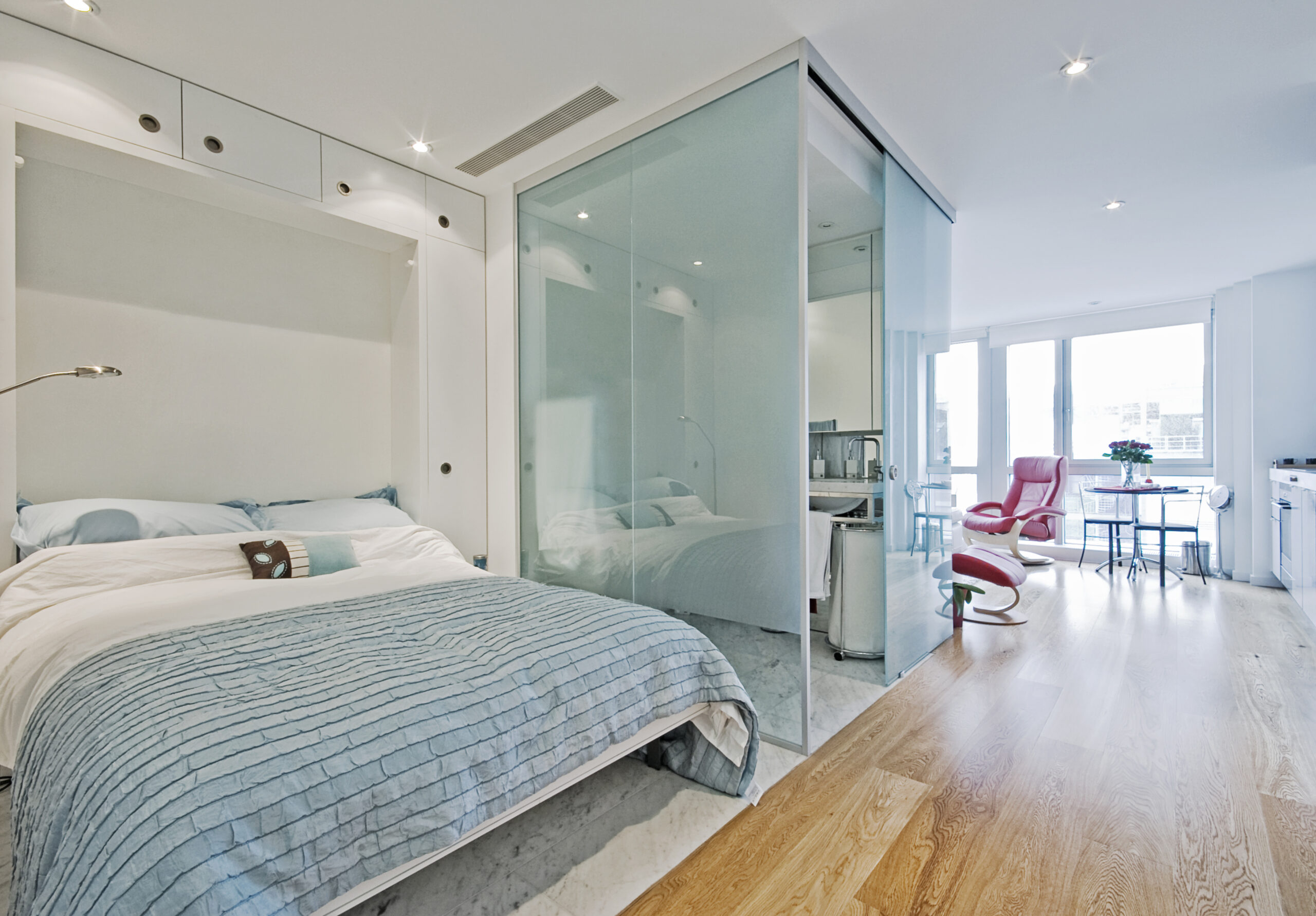Australia’s public transport systems are some of the most widely used and well-regarded in the world. But behind the movement of buses, trams, and trains lies a network of often-overlooked features that keep these systems efficient, comfortable, and accessible. From bus shelters to commercial outdoor benches, the thoughtful integration of street furniture plays a pivotal role in supporting and enhancing public transport in our cities. Designed with both functionality and aesthetics in mind, these elements shape how commuters interact with public spaces and travel through urban environments.
Designing for Comfort and Efficiency
Public transport is about more than just getting from point A to point B—it’s about making the journey convenient and safe. Well-placed bus shelters provide protection from Australia’s weather extremes, offering commuters shade in the summer and cover from rain in winter. Similarly, commercial outdoor benches near train stations, tram stops, and major intersections offer resting points for the elderly, people with disabilities, or anyone needing to wait in comfort.
Street furniture like wayfinding signage, lighting, and bins also contribute to cleaner, safer, and more navigable transport hubs. These additions aren’t just extras—they improve the overall user experience and can help boost public transport uptake by making it more appealing and user-friendly.
Safety and Accessibility at the Forefront
The infrastructure supporting public transport must also consider safety and accessibility. Street furniture manufacturers work closely with councils and urban planners to ensure that design and placement uphold these principles.
Bollards, fencing, and barrier systems prevent people from entering dangerous or restricted areas, such as near tram tracks or bus-only lanes. These not only help manage pedestrian flow but also reduce accidents and improve safety for all users.
Likewise, ramps, tactile paving, and carefully placed public seatshelp ensure inclusivity for people with mobility issues. All these elements come together to support the smooth flow of people to and from public transport services.
Encouraging Active Transport Connections
Bike-friendly cities are sustainable cities, and bicycle racks are a crucial bridge between active transport and public systems. By placing secure bike parking racks near bus shelters, tram stops, and train stations, cities encourage commuters to cycle part of the way and use public transport for the rest—reducing car traffic, promoting healthier lifestyles, and contributing to greener cities.
In this way, street furniture complements the broader goal of making transport systems more sustainable and interconnected. Planners are also turning to environmentally friendly materials and low-maintenance designs that align with Australia’s push toward a greener urban future.
Thoughtful Placement = Better Urban Flow
The strategic placement of streetscape furniture is what makes the difference between chaos and calm in modern cities. Whether it’s street benches at tram stops, bus shelters along transit corridors, or bollards guiding foot traffic near stations, the design and location of these assets impact everything from pedestrian safety to how smoothly a bus route functions.
Urban designers and councils usually work closely with local street furniture companies to customise elements that match the city’s visual identity while serving the needs of its transport network. This alignment of function, form, and public good is one of the reasons Australian cities are globally admired for their liveability.
More Than Just a Bench: Furniture that Fuels Functionality
In today’s cities, public transport cannot thrive in isolation. It needs smart, integrated support systems—and street furniture delivers just that. From bus shelters that shield commuters from the elements to commercial outdoor benches that offer comfort and accessibility, these urban essentials quietly uphold the everyday movement of millions.
As Australian cities continue to grow and strive for sustainability, the careful design and placement of streetscape furniture will remain a core ingredient in the success of public transport. These elements do far more than decorate—they actively shape the function, safety, and experience of our cities.






